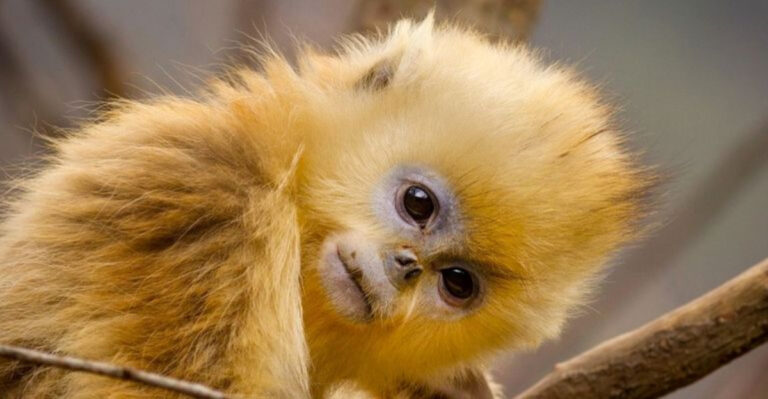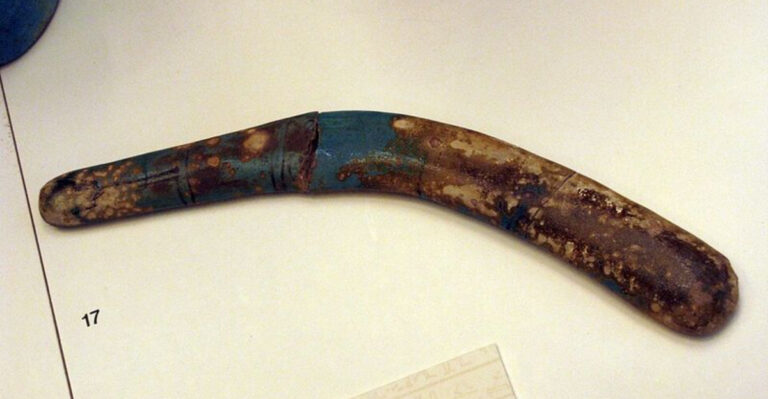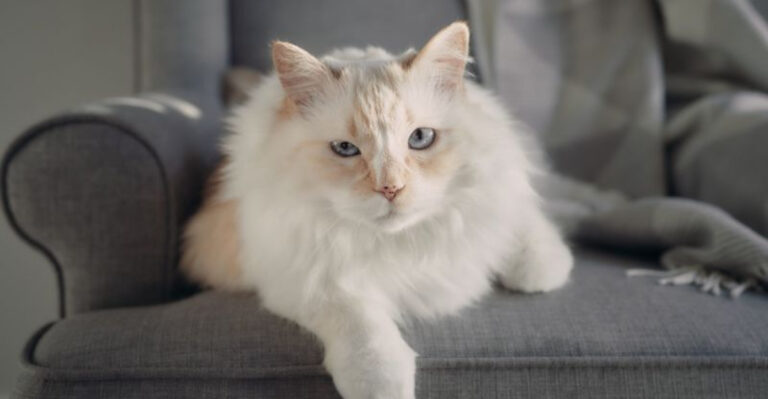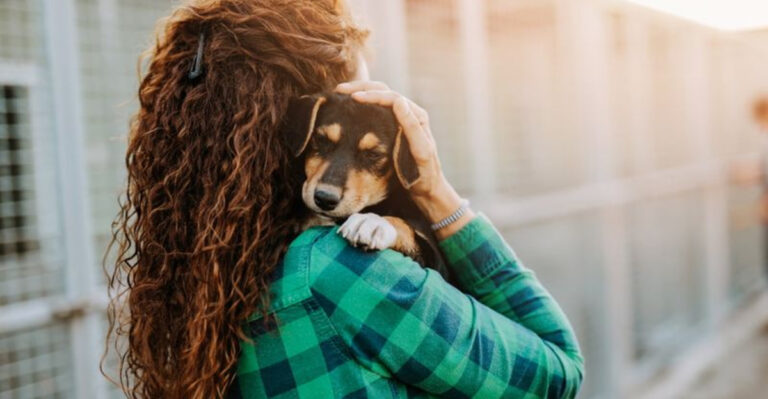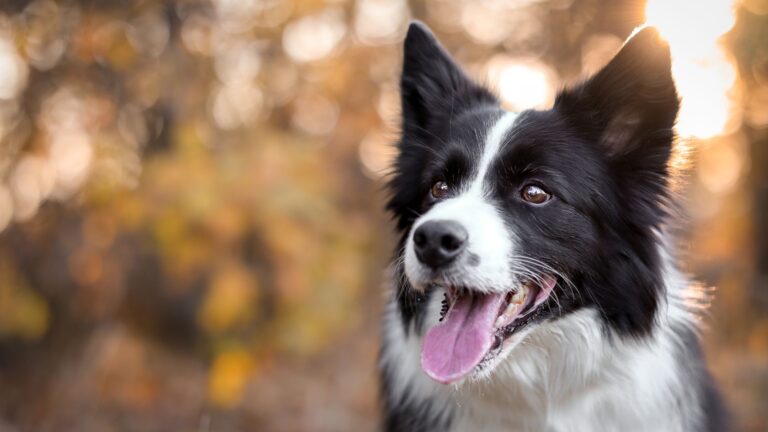15 Lesser-Known Dog Breeds That Are Surprisingly Healthy With Few Health Concerns
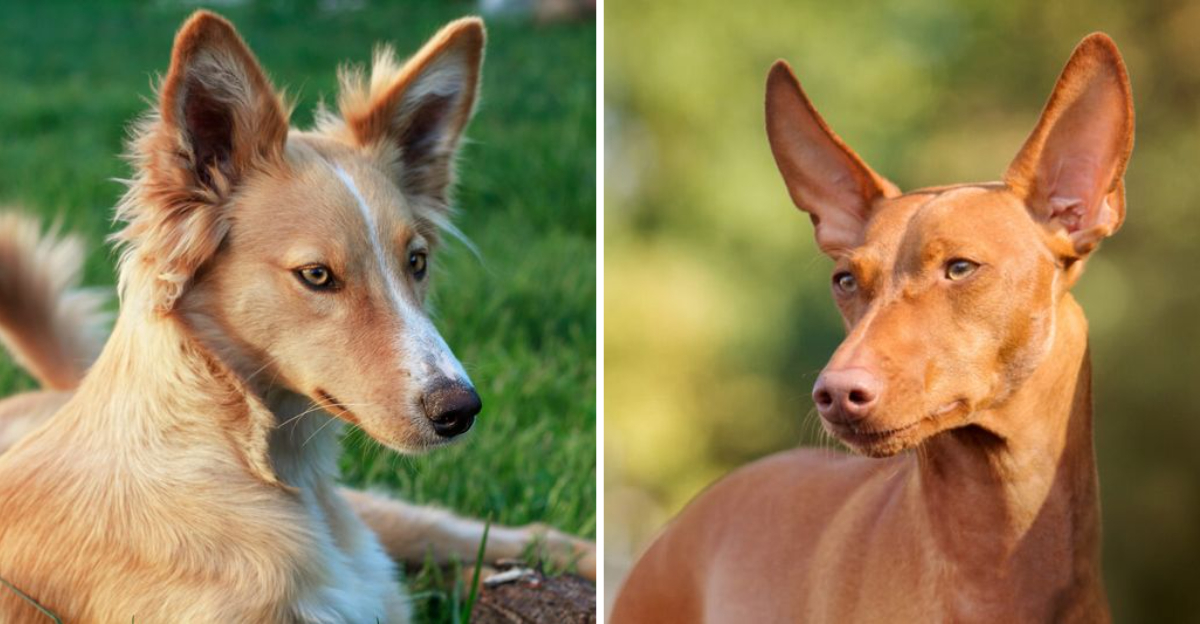
Finding a four-legged friend who’ll stay by your side for years without constant vet visits is a dream for many dog lovers.
While no breed is completely immune to health problems, some dogs naturally have fewer genetic issues and tend to live longer, healthier lives.
These resilient canines often come from working backgrounds where physical fitness and hardiness were essential survival traits.
1. Finnish Lapphund
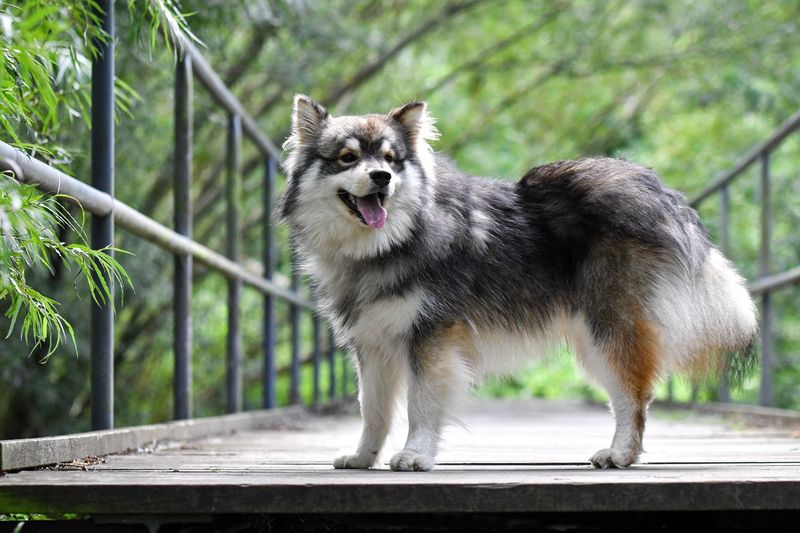
Originally bred by the Sami people to herd reindeer across the Arctic wilderness, Finnish Lapphunds developed remarkable physical resilience. Their thick double coat protects them from harsh elements, while their strong constitution handles demanding work with ease.
These medium-sized dogs typically enjoy 12-15 healthy years, rarely suffering from the hip problems common in other herding breeds. Their eyes remain clear of hereditary issues that plague similar Nordic dogs.
Lapphunds maintain their robust health through moderate exercise and mental stimulation. Their adaptable nature means they thrive in various climates and living situations without developing anxiety or stress-related ailments.
2. Karelian Bear Dog
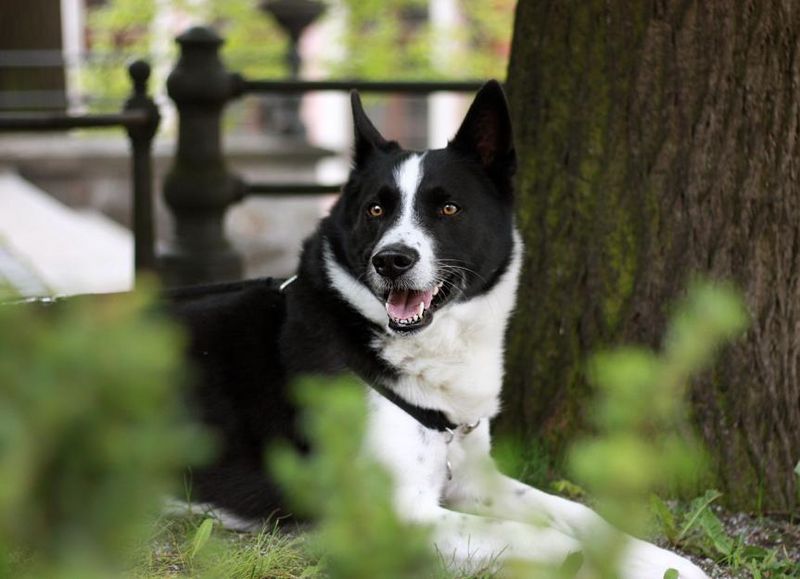
Hailing from Finland’s dense forests, Karelian Bear Dogs evolved with exceptional physical and mental fortitude. These black-and-white hunters historically tracked large game, including bears, requiring peak physical condition and natural disease resistance.
Their genetic diversity stems from practical breeding focused on performance rather than appearance. This natural selection created a remarkably healthy breed with minimal inherited conditions.
Athletic and energetic, Karelians maintain excellent joint health well into their senior years. Their medium-sized, weather-resistant bodies rarely develop allergies or skin problems. With proper exercise and nutrition, they commonly reach 12-14 years without major health complications.
3. Norwegian Lundehund
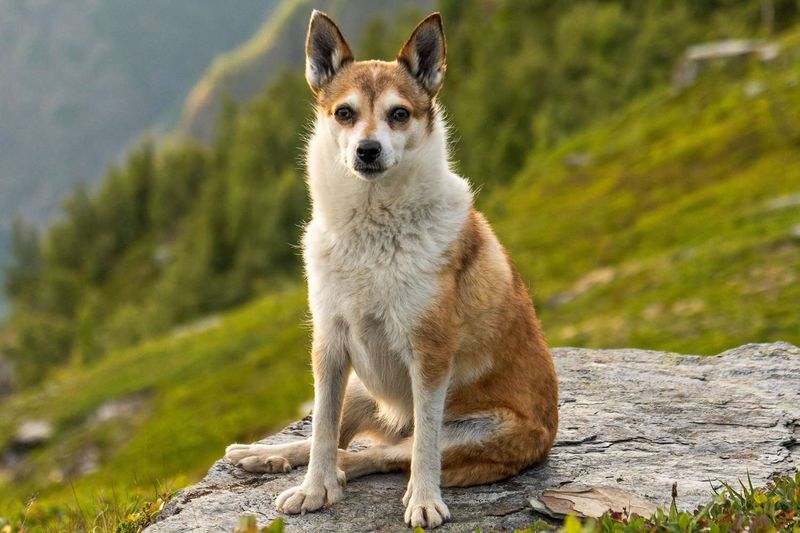
Meet nature’s specialized puffin hunter! Norwegian Lundehunds possess extraordinary physical adaptations – six fully functioning toes on each foot, joints that bend like no other dog, and ears that fold shut. These unique features helped them navigate treacherous coastal cliffs while hunting.
Despite their specialized breeding, modern Lundehunds benefit from careful genetic management. Responsible breeders work diligently to maintain their robust health by expanding the gene pool.
These compact dogs typically avoid common canine ailments like hip dysplasia and eye problems. Their only notable health concern – Lundehund Syndrome – has decreased significantly through mindful breeding practices. With proper care, these alert companions often enjoy 12-14 active, healthy years.
4. Swedish Vallhund
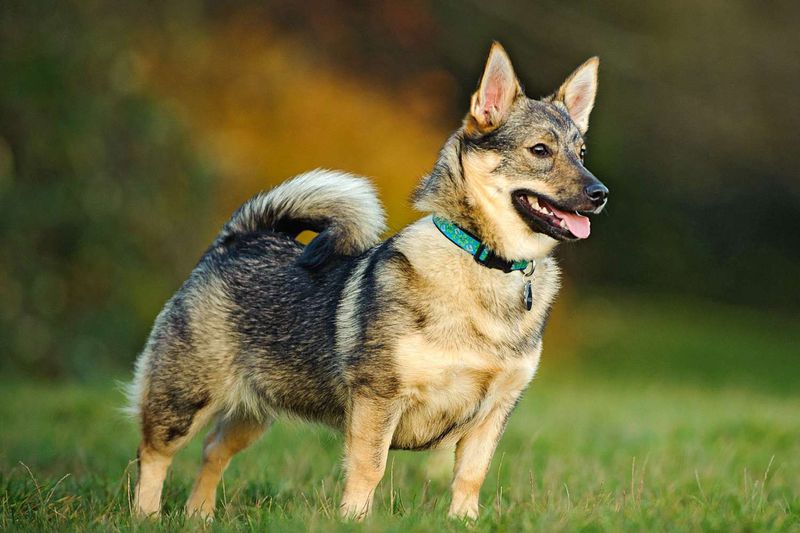
Short-legged but mighty, Swedish Vallhunds carried their robust health through ten centuries of farm work. These ancient Viking dogs were valued for their hardiness and working ability rather than appearance, creating naturally healthy genetics.
Their low-to-ground build doesn’t cause the back problems seen in other short-legged breeds. Vallhunds maintain surprising agility and strength throughout their 12-15-year lifespan.
Farmers relied on these dogs’ natural vigor and disease resistance, breeding only the healthiest specimens. Modern Vallhunds inherit this hardy constitution with minimal breed-specific health concerns. Their moderate exercise needs and adaptable nature make them resilient companions who thrive in various environments without developing stress-related ailments.
5. Canaan Dog
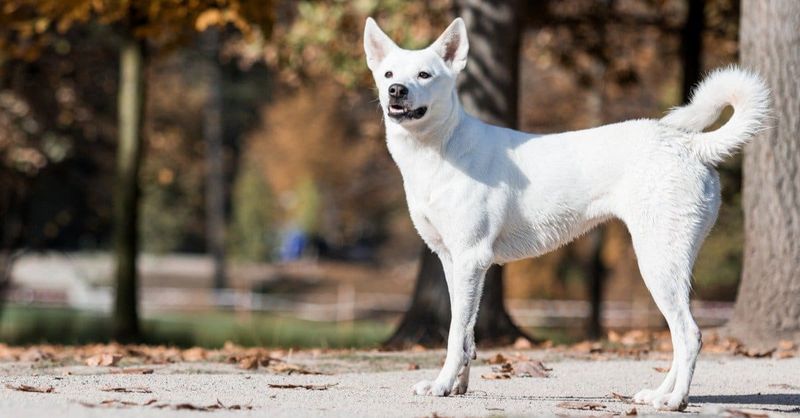
Forged in the harsh Israeli desert, Canaan Dogs represent one of the world’s oldest natural breeds. Their evolution prioritized survival skills and supreme health above all else. Unlike heavily modified breeds, Canaans developed with minimal human interference, preserving their natural disease resistance.
These medium-sized sentinels boast extraordinary physical resilience. Their natural selection in challenging environments eliminated genetic weaknesses, creating dogs with sturdy constitutions and exceptional immunity.
Canaans rarely suffer from hereditary conditions common in other breeds. Their alert, independent nature keeps them mentally sharp while their moderate exercise requirements maintain physical fitness. With proper care, these desert survivors regularly reach 12-15 years without significant health problems.
6. Clumber Spaniel
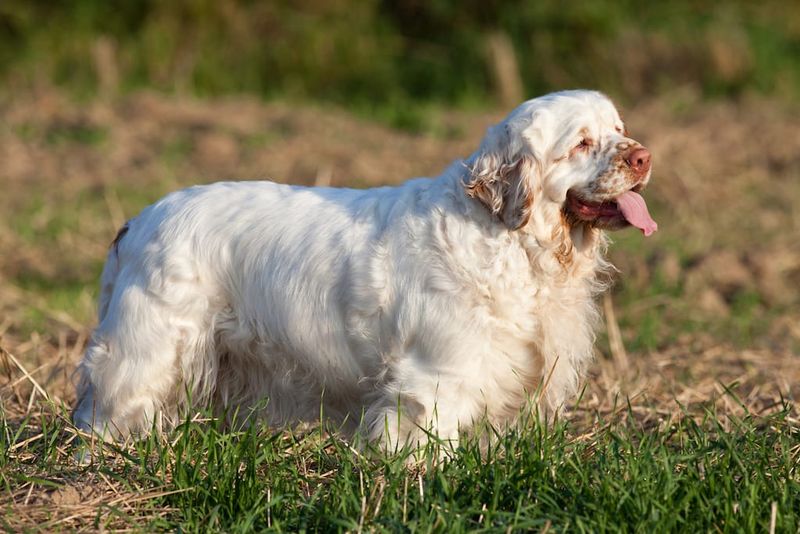
Don’t let their laid-back demeanor fool you! Clumber Spaniels pack remarkable endurance beneath their calm exterior. Developed as hunting companions for British nobility, these sturdy dogs were bred for functional health rather than extreme features.
Modern responsible breeders focus on maintaining their robust constitution while addressing historical health concerns. This dedicated breeding management has produced healthier lines with fewer inherited issues than many other purebreds.
Clumbers enjoy impressive longevity for large dogs, often reaching 12-13 healthy years. Their moderate energy requirements prevent joint strain while still providing sufficient exercise.
With their balanced temperament and physical soundness, these gentle giants make dependable companions who rarely develop anxiety-related health problems.
7. Polish Lowland Sheepdog
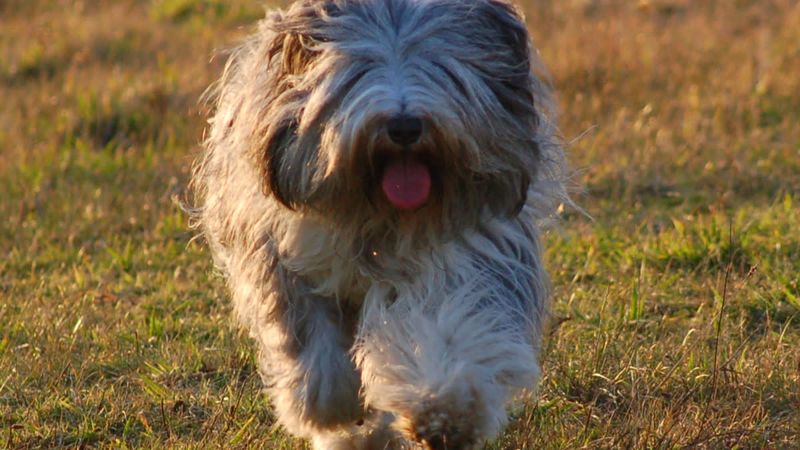
Behind that adorable mop of fur lies one remarkably sturdy working dog! Polish Lowland Sheepdogs (PONs) developed in harsh Eastern European conditions where only the healthiest survived. Their thick double coat protects them from extreme weather while hiding a muscular, well-balanced body.
These medium-sized herders evolved for function rather than fashion. Centuries of practical breeding created dogs with excellent joint structure and minimal genetic health concerns.
Modern PONs maintain their ancestors’ robust constitution and disease resistance. Their moderate exercise needs and adaptable nature prevent stress-related ailments.
With proper grooming and veterinary care, these intelligent companions commonly enjoy 12-15 active, healthy years without major medical interventions.
8. Kooikerhondje
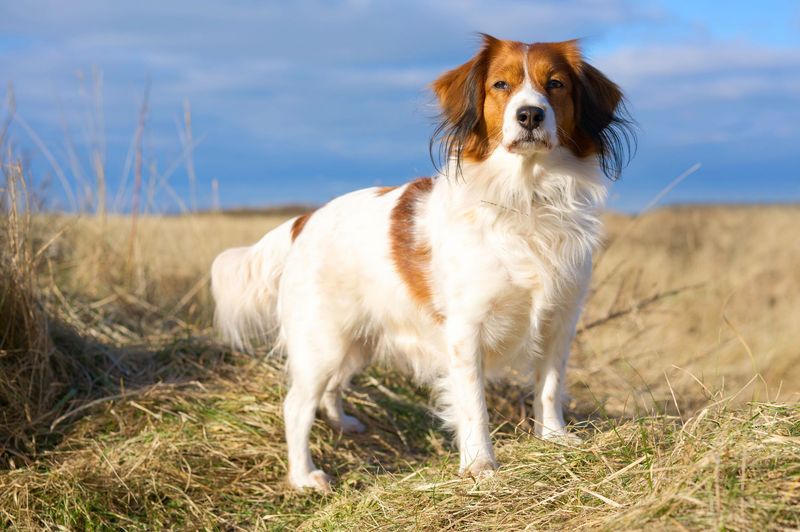
Sporting distinctive feathered ears and a fox-like expression, Kooikerhondjes charmed their way through Dutch history while maintaining excellent health. These clever decoy dogs lured ducks into traps with their playful movements and striking orange-and-white coats.
Nearly extinct after World War II, careful breeding from the remaining healthy dogs created today’s robust population. This genetic bottleneck paradoxically eliminated many hereditary issues found in other spaniels.
Modern Kooikerhondjes benefit from attentive breeding standards focusing on health and temperament. They typically avoid the respiratory problems, skin allergies, and joint issues common in similar sporting breeds.
These medium-small dogs maintain their playful energy and physical soundness throughout their 12-15 year lifespan.
9. Azawakh
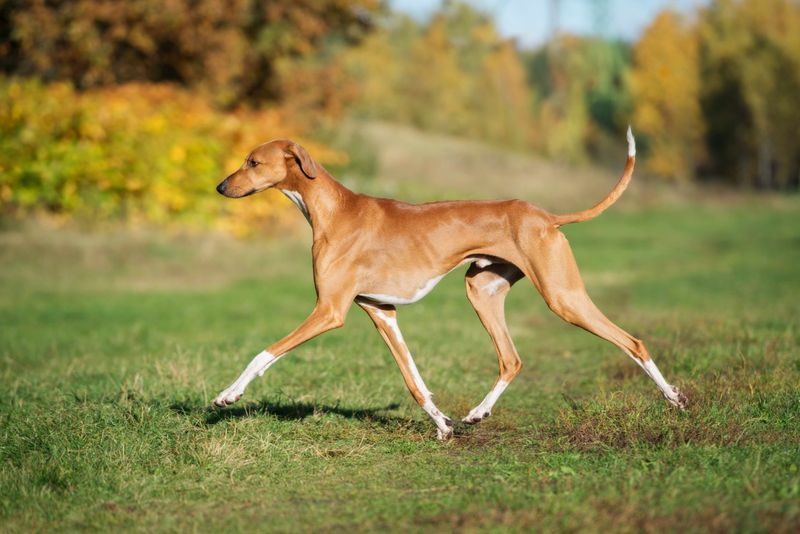
Elegance meets extraordinary toughness in the Azawakh, West Africa’s premier sighthound. Developed by nomadic tribes in the Sahel region, these dogs evolved to thrive in one of Earth’s harshest environments. Their naturally lean physique isn’t malnutrition – it’s perfect desert adaptation!
Azawakhs possess remarkable cardiovascular health, with efficient hearts that support both explosive sprints and endurance trekking. Their minimal body fat and clean-running structure prevent the joint issues common in other large breeds.
These independent hunters benefit from minimal human breeding interference throughout their history. Natural selection eliminated genetic weaknesses, creating dogs with exceptional constitution and disease resistance.
With proper care respecting their unique physiology, Azawakhs regularly reach 12-15 healthy years.
10. Cirneco dell’Etna
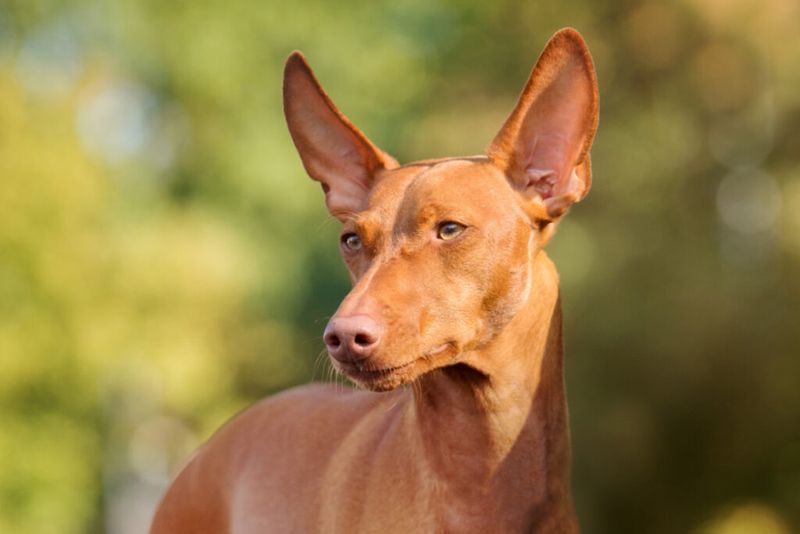
Tracing their lineage back to ancient Egypt, Cirnechi (plural of Cirneco) evolved on Sicily’s volcanic slopes into supreme hunting machines. These elegant sighthounds developed extraordinary physical resilience while chasing rabbits across Mount Etna’s challenging terrain.
Their moderate size – typically 18-20 inches tall – prevents the structural issues common in larger hounds. Natural selection in their isolated island environment eliminated genetic weaknesses, creating remarkably healthy bloodlines.
Modern Cirnechi maintain their ancestors’ robust constitution and disease resistance. Their clean-running structure prevents joint problems while their natural athleticism keeps them physically fit.
With minimal grooming needs and few breed-specific health concerns, these bright-eyed hunters commonly enjoy 12-15 active, trouble-free years.
11. Sloughi
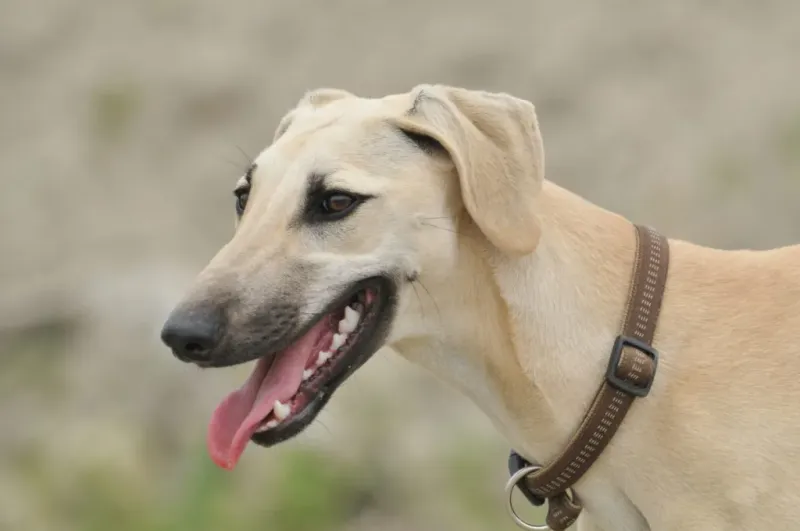
Aristocratic in appearance but tough as nails, Sloughis earned their reputation as the “Arabian Greyhound” through centuries of hunting in North Africa’s unforgiving deserts. Their naturally lean, muscular bodies evolved for both explosive speed and remarkable endurance.
Unlike heavily modified Western breeds, Sloughis developed through practical selection for performance rather than appearance. This natural evolution preserved their excellent genetic health and physical soundness.
These dignified sighthounds benefit from a clean-running structure that prevents the joint problems common in similar breeds. Their minimal body fat and efficient metabolism support cardiovascular health throughout their 12-14 year lifespan.
With their low grooming needs and natural disease resistance, Sloughis require minimal veterinary intervention when properly cared for.
12. Portuguese Podengo
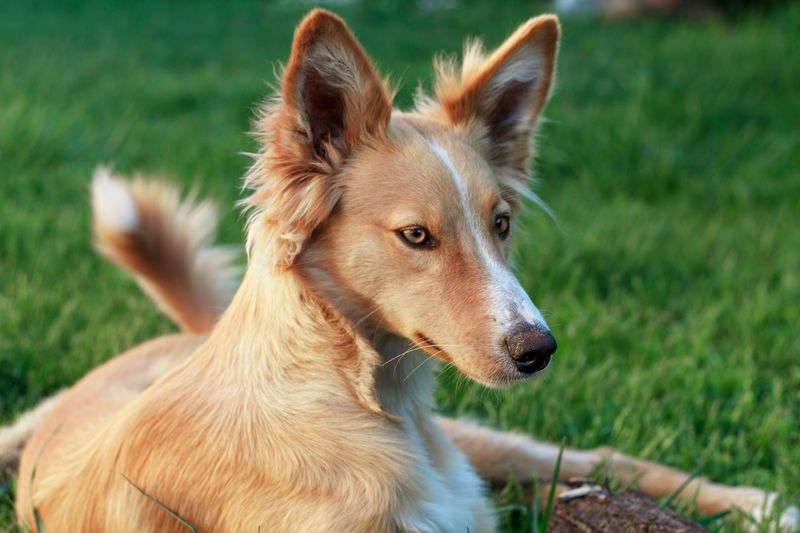
Available in three sizes but packed with the same ancient health, Portuguese Podengos represent one of Europe’s oldest hunting breeds. These versatile dogs evolved with minimal human interference, preserving their natural hardiness and disease resistance.
Podengos benefit from their primitive type, lacking the exaggerated features that cause health problems in more modified breeds. Their moderate structure supports excellent joint health while their natural athleticism prevents obesity.
Whether smooth or wire-coated, these alert hunters maintain clean teeth and healthy skin with minimal grooming requirements. Their independent nature prevented excessive inbreeding throughout history, preserving genetic diversity.
With proper exercise and nutrition, Podengos routinely enjoy 12-15 active years without significant health concerns.
13. Icelandic Sheepdog

Iceland’s only native dog breed developed extraordinary hardiness through centuries of isolation on this rugged island. Brought by Viking settlers around 900 AD, these spitz-type herders adapted to harsh conditions and demanding work.
Their medium size – typically 16-18 inches tall – prevents the structural stress seen in larger herding breeds. Natural selection in Iceland’s challenging environment eliminated genetic weaknesses, creating dogs with superior physical resilience.
Modern Icelandic Sheepdogs maintain their ancestors’ robust health and weather resistance. Their thick double coat protects against extreme elements while their balanced structure supports joint health.
With their cheerful temperament and natural vigor, these bright-eyed companions commonly enjoy 12-14 active years without significant health complications.
14. Tibetan Terrier
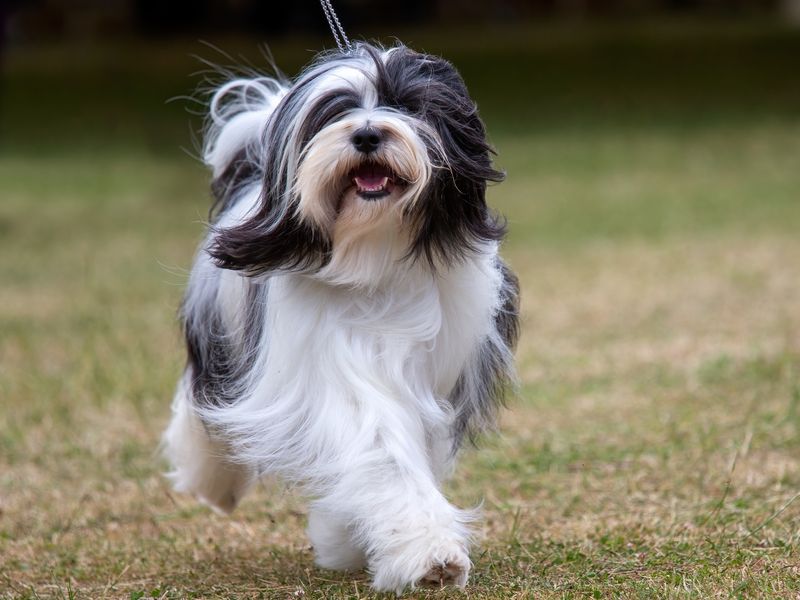
Don’t let the name fool you – Tibetan Terriers aren’t actually terriers! These ancient companions developed in isolated Himalayan monasteries where their remarkable health helped them thrive at extreme altitudes. Their distinctive flat, snowshoe-like feet provide perfect traction on mountain terrain.
Centuries as valued companions to Tibetan monks created dogs bred for longevity and hardiness rather than appearance. Their moderate size – typically 14-17 inches tall – prevents structural stress while supporting agility.
Modern Tibetan Terriers maintain their ancestors’ robust constitution and disease resistance. Their balanced structure supports excellent joint health throughout their 12-15 year lifespan.
With their adaptable nature and natural vigor, these shaggy companions transition easily between activity and relaxation without developing stress-related ailments.
15. Finnish Spitz
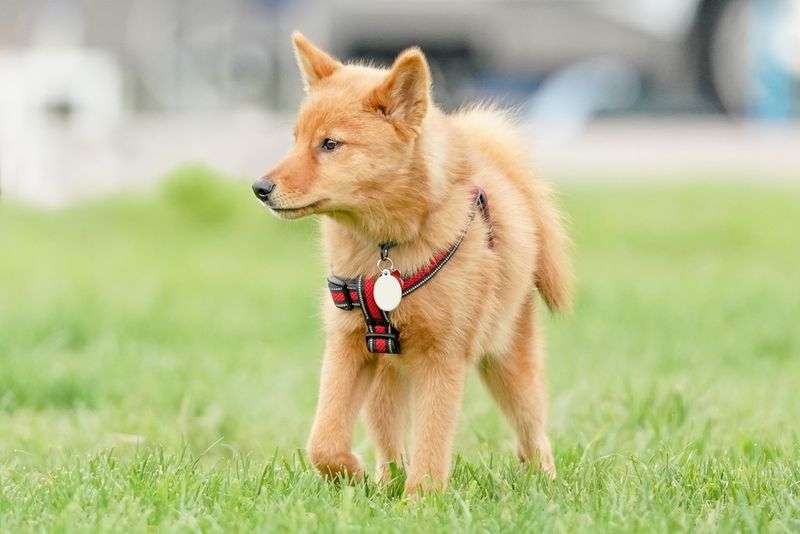
Bright-eyed and fox-faced, Finnish Spitzes developed extraordinary hardiness while hunting throughout Finland’s vast forests.
As Finland’s national dog, careful breeding maintained their natural hunting abilities and physical soundness. Their medium size – typically 15-20 inches tall – prevents the structural stress seen in larger hunting breeds.
Modern Finnish Spitzes benefit from responsible breeding focused on preserving their robust health and working ability.
They typically avoid the respiratory problems, skin allergies, and joint issues common in similar northern breeds. With their alert temperament and natural vigor, these vocal hunters commonly enjoy 12-15 active years without significant health complications.

